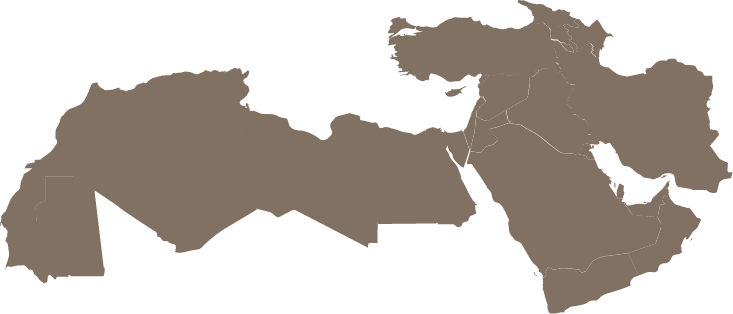
A view of the Dead Sea from Mt. Nebo in Jordan (Source: Wikimedia)
With Jordan’s king, seeking a solution to killing of innocents
I was getting ready to travel to Amman, Jordan, at the invitation of King Abdullah II and Prince Charles, Prince of Wales, who have been doing interfaith work together for over 20 years. There was to be a meeting of a select group of religious scholars and leaders who had a double task. First, we were to focus on how to hold so-called religious leaders accountable for killing innocent people in the name of God. Second, we were to try to figure out ways to strengthen the community of faiths that quietly go about their tasks of worship and service. But before I could get to the airport, Jordanian pilot Moaz al-Kasasbeh, was incinerated and the world watched. The Jordan that awaited us was in a much altered state by the time we arrived.
On Sunday, February 8, 2015, we found ourselves sitting around a large table at the Hussienneyeh Palace in Amman. Prince Charles had spent that morning in camps of the refugees who had flooded into Jordan from Syria and Iraq. He was deeply moved by the plight of so many who could no longer go home, and he was appreciative of Jordan for treating these multitudes of displaced person as honored guests. King Abdullah, who, that morning had sent Jordanian pilots on bombing missions to Islamic State-held lands, led us in a discussion of what kind of solution was ultimately possible in that region, be it a military, a diplomatic or religious. His strength, wisdom and hospitality were on full display.
Afterward, I couldn’t help but picture that table in the palace as being at the epicenter of this world’s religious strife. But a few miles away, in Jerusalem, Jews and Muslims were facing off. To the north, not far away, was the Islamic State. Just a few more miles to the east, Shia and Sunnis were on killing sprees in Bhagdad. And the same was true to the southeast in Yemen.
In ancient times, the caravans of traders drifted through those deserts carrying news of civilization with them. Today, through those same routes, religious terrorists carry enough extremism with them to take down towers in New York. Desert religion is as enduring as sand and not about to go away. What is the solution to religion, in that region, which, so often, boils into bloodletting?
Upon flying away from Amman, I thought that, perhaps, there is no such thing as religion, singular. But there are always religions, plural and in competition. Right there, at the intersection of God and gods, is the problem and the solution. The first of the Ten Commandments mentions having “no other gods.” What to do with that insight? Wipe out “the gods” by destroying the worshipers? Or, heed the new commandment, i.e., “to love one another,” even those who worship other gods? That is the religious test. Respect the children of other gods or export the religious solution practiced daily throughout the Middle East.
My take away is that Jordan isn’t so much a place on a map as it is a sandy spot of the human heart upon which we struggle to advance civilization or create new refugee camps, in the name of God.
This post was published in the San Francisco Chronicle on February 12, 2015.

